Dill Profile - Characteristics & Benefits
Written by admin
Dec 13 2022
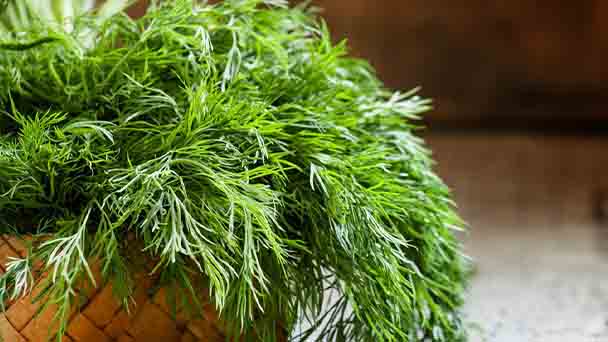
Dill is a plant of the Dicotyledon, Umbelliferae, Umbelliferae, and Dill genus. It is a one-two-year-old herb. It is native to the Mediterranean coast. There are more cultivation in European and American countries, but a small amount in southern China. Impellers are born, three pinnately lobed, lobes linear. Umbrella, flowers pale yellow, without perianth. Double-hanging fruit is brown-yellow, without hairs, oval and flat. Vegetable dill is harvested 30-40 days after emergence and eats seedlings or young leaves. As a seasoning, it is harvested after bolting and flowering. The short growth period can be intercropped with root vegetables and melon crops. Green leaves contain 0.15% dill essential oil, and fruits contain 3% to 4%. The main components of essential oils are fennel, lemon terpene, and cress terpene.
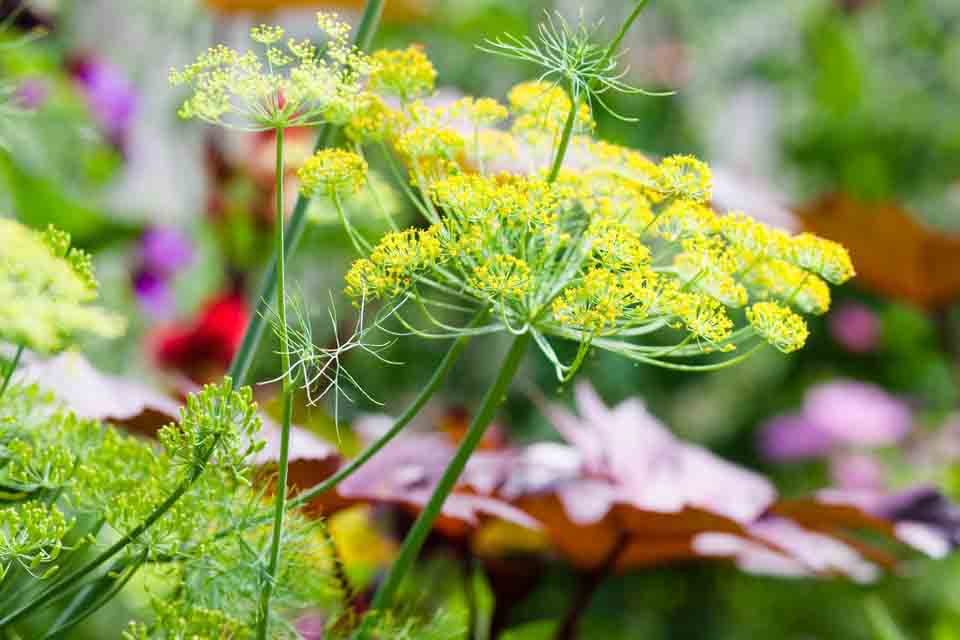
Dill Morphological Characteristics
Dill is a multi-year or annual herb, 60-90 cm high; the stem is erect and glabrous. The leaves of dill are oblong to obovate, 10-35 cm long, two to three times pinnately split, and the final lobes are filamentous. Compound umbels are terminal, about 15 cm in diameter; no involucres and small buds; petals are yellow, curved inward, and fall early. The double-hanging fruit is elliptical, with slightly protruding dorsal edges and narrow and flat side edges.
Compound umbels are often bifurcated branches, with a diameter of 5-15 cm. The small umbels of dill have flowers 15-25; no involucre; petals are yellow, the midrib is often brown, oblong or nearly square, uvula blunt, nearly oblong, inwardly curved. The style of dill is short, straight first and then curved. Style base conical to cushion-shaped. (Read More about Dill Companion Plants)
Dill Efficacy and Role
Dill is particularly popular in Russian, Middle Eastern and Indian dishes. Rich in vitamins and minerals to help digestion and relieve flatulence, stomach pain and insomnia. The aroma of dill is similar to that of parsley, but it is more intense and a bit cooler, mild but not irritating, and tastes spicy and sweet. It is also suitable for flavoring spices such as stews and seafood. Dill is added to soup, lettuce salad, and some seafood dishes to promote flavor.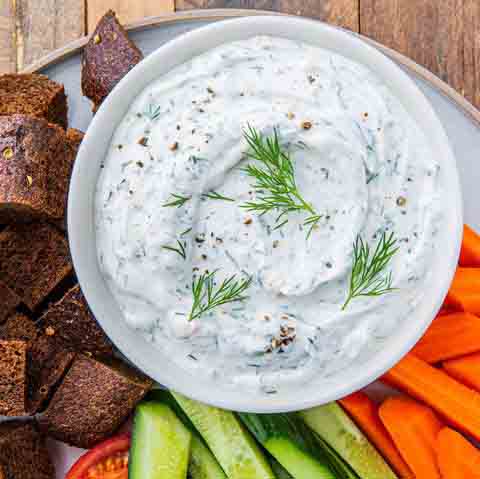
Essential Oils Suitable for Blending
Bergamot, coriander, cypress, geranium, tangerine, myrtle, sweet orange, petitgrain, rosemary.Place of Origin: Originally produced in southern Europe; cultivated in Northeast my country, Gansu, Guangdong, Guangxi and other places.
Uses: Aromatic oil can be extracted from the fruit, which is a raw material for blending flavors; it can be used as a substitute for fennel.
Other Uses
Dill Cultivation
Dill is reproduced by sowing and cutting, and sowing and reproduction are the main methods. It is best to use good maternal bodies to establish seed gardens and ear-picking tree gardens. For planting and breeding, it is best to start with artificial assisted pollination, which should be repeated 5-6 times during the 5-6 day blooming period.Seedling Technology of Dill
① Seed Collection
Dill blooms from late March to early April, and the seeds mature in mid and late October. When the cones change from yellow-green to yellow-brown, and the seed coat changes from yellow-brown to dark brown, the seeds gradually mature and can be harvested. Spread the cones indoors and dry in the shade. When the cones crack, tap lightly to release the seeds.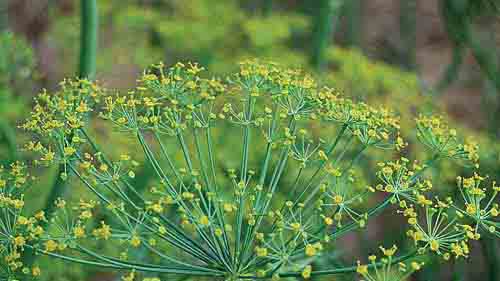
②Seed Treatment
Before sowing, soak the seeds with cold water or 40-50℃ warm water for 4-5 days. Change the water once a day, remove and drain the water before sowing. Seeds can also be soaked with 3% copper sulfate or 1% urea solution, which is beneficial for germination. Soaking seeds with methanol for 5 minutes can increase the germination rate and germinate earlier. Some take long-term cold water soaking to obtain good results.③Sowing
Dill is sensitive to soil pH. Seedlings in neutral or slightly alkaline soil often appear yellowing and poor growth. Therefore, it is advisable to choose a higher groundwater level, with a pH of 5-6.5. The fertile and moist sandy loam soil is sown to raise seedlings. Winter sowing is better in December, and spring sowing should be carried out in mid-to-late February. Dill seedlings are weak in excavation, and the covering soil should not be too thick, about 2 cm is appropriate. Cover with a layer of straw or mulch film immediately after covering the soil to protect moisture and prevent soil compaction. Sow 30-50 grains per meter in the trench, and the photosynthetic physiological response of dill seedlings to different soil moisture levels. Set up four different treatment groups: conventional growth water conditions (CK), mild drought water stress (T1), soil water saturation (T2) and flooding (T3) to study the water level of dill seedlings in the fluctuating zone of the Three Gorges Reservoir. Photosynthetic physio-ecological response mechanism and adaptation strategies under changing conditions. The results showed that different water treatments significantly affected the photosynthetic pigment, leaf gas exchange and apparent resource utilization efficiency of dill seedlings. Dill seedlings not only have the characteristics of water and humidity resistance but also have a certain degree of drought tolerance. In the construction of the protection forest system of the fluctuating zone, dill is suitable for planting in an environment where the soil is saturated with water or waterlogging. In arid environment conditions, attention should be paid to watering and drought resistance, so that dill can maintain a normal net photosynthetic rate.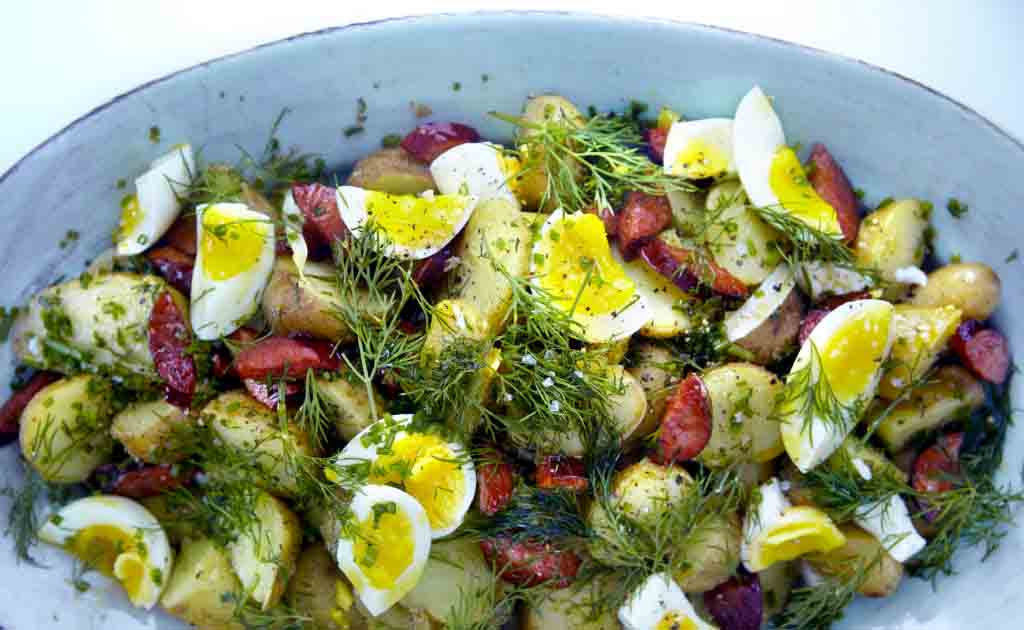
④The Main Points of Tending Management
The hypocotyls of dill are long and crisp during the emergence of dill. Care should be taken to peel off the mulching in time to prevent damage to the seedlings. Then, according to the emergence of the seedlings, the sparse and dense filling is carried out to make the seedlings evenly distributed. Entering the seedling stage, seedlings are sensitive to water deficit, and water management should be especially careful, and the seedbed should be kept moist. After that, the top dressing should also be increased, but it should be noted that the amount should be more and less (the concentration is lower). From the end of May to the middle of August, the quick-acting fertilizer should be applied every 2-4 weeks to prevent the yellowing of the seedlings. Into the right amount of ferrous sulfate. After each fertilization and irrigation, the soil should be loosened and weeded in time.Cutting propagation of Dill
In recent years, due to the influence of abnormal weather on seeds, the germination rate of dill sowing and reproduction is low. In the current shortage of provenance, cutting seedlings is the main method of dill propagation. In order to expand the source of cuttings and accelerate the reproduction, in addition to hardwood cuttings, softwood cuttings can also be used in summer and autumn. Cutting seedlings are divided into hard-wood cuttings and tender-wood cuttings. Cuttings should use the autumn shoots of young trees with heel cuttings. The cuttings are soaked in a potassium permanganate solution for 2 hours, and the effect is good. The transplant should bring soil balls, and the seedlings should be covered with mud. The specific approach is as follows:Tender Cuttings
From June to August, select the sprouting side branches from the young and middle-aged trees, cut them into cuttings, leave 3 to 5 leaves on the upper part, use sandy loam soil as the substrate, and insert them in a row spacing of 5 cm × 10 cm Seedbeds, and shade canopy to keep the bed surface moist, generally can heal and take root in mid to late September.Relevant technical requirements: When making hardwood cuttings, the quality of the cuttings is directly related to the seedling rate and the quality of the seedlings. Besides, the survival rate of hardwood cuttings is not only related to the maternal body but also closely related to the cutting position. The base of the branches is the best, the middle is the second, and the tips are the worst.
Latest Updated
- Benefits of Bugleweed - 7 Science-backed Health Benefits
- Bugleweed Dangers & Side Effects - Is It Poisonous?
- How to Plant Evergreen Trees - What You Should Know
- When to Plant Evergreens - Grow Guide for Evergreen Trees
- 12 Wonderful Evergreen Shrubs for Your Garden
- 12 Popular Evergreen Plants with Pictures for Beginners
- When And How To Prune A Lilac Bush Like a Pro
- How to Grow & Care for Lilac Vine (Hardenbergia Violacea)
- Japanese Lilac Tree (Syringa Reticulata) Care & Propagation Guide
- Shumard Oak Pros and Cons - What to Know
Popular Articles
- Winter maintenance of Antirrhinum Majus
- How to Grow Terminalia Mantaly Tree
- How to Grow and Care for Crossostephium Chinense
- How to grow Antirrhinum Majus in spring
- Peristeria Elata (Dove Orchid) Profile: Info & Care Guide
- Underwatered Snake Plant (Sansevieria Trifasciata) - Signs And How To Fix
- How to Care for Brazilian Jasmine Plant (Mandevilla Sanderi)
- How to Grow & Care for Graptopetalum Purple Delight in Summer
- Rosa Chinensis (China Rose): Plant Growing & Care Tips
- How to Care for Baby Sun Rose (Aptenia Cordifolia)